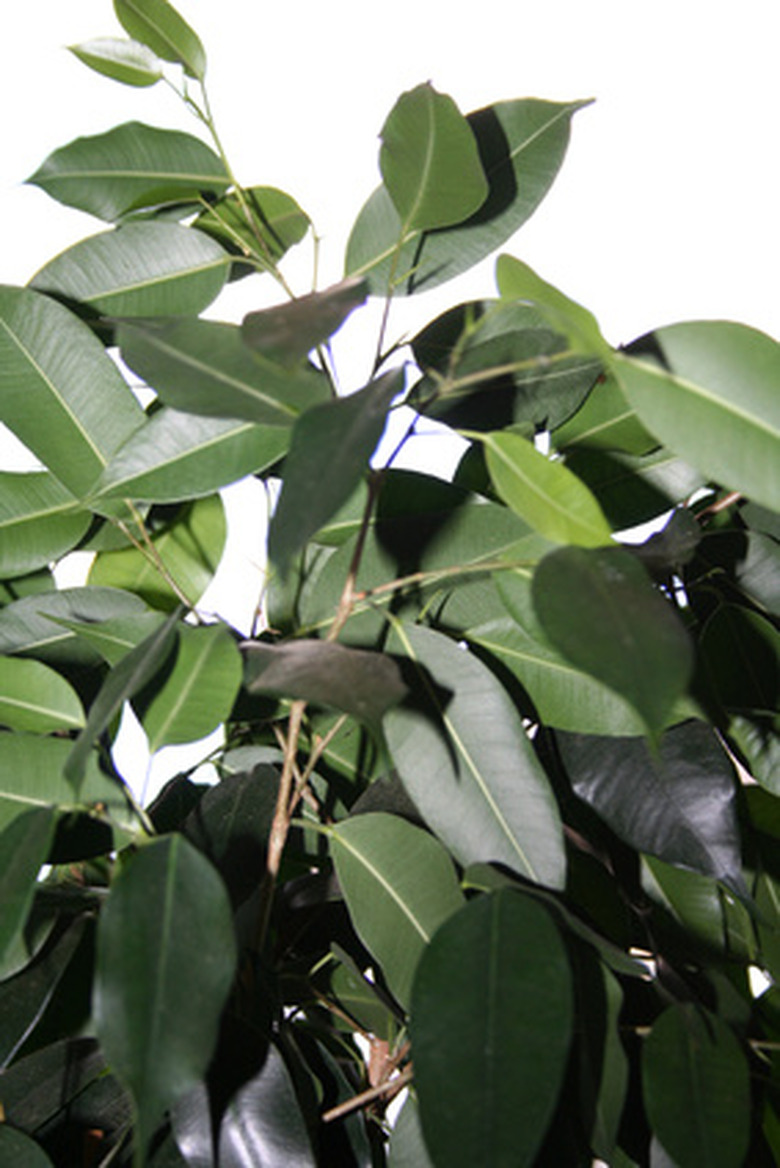Ficus Tree Disease
Most of the diseases attributed to ficus (or fig) trees are as a result of adverse growing conditions. Most of the plant stress such as improper water and heat conditions could give rise to various kinds of bacterial and fungal diseases associated with this plant. In most cases, prevention is the best measure for these diseases. However, guided use of fungicides, bactericides and proper watering and heat settings can help resolve this problem.
Crown Gall (Agrobacterium tumefaciens)
Symptoms: Mild swollen areas appear on the leaf veins, stems or roots that eventually enlarge and become corky. In case of severe infection, they enlarge to create a distorted stem or root mass. Gallstones could also occur on the ends of stems and other places that have been cut.
- Most of the diseases attributed to ficus (or fig) trees are as a result of adverse growing conditions.
- In case of severe infection, they enlarge to create a distorted stem or root mass.
Control: The most efficient control is to use copper-containing fungicides that are phytotoxic–that is, produce toxic effects thus discouraging growth. Also, take care to remove and destroy all the plants and parts infected with this bacteria and sterilize any cutting tools you might have used on the ficus so it doesn't pass to another plant while using the same tools.
Xanthomonas (Xanthomonas campestris pv. fici)
Symptoms: Foliage infections start on the ficus leaves as tiny water-soaked lesions that slowly enlarge and turn brown, causing angular spots and blotches, which sometimes have a bright yellow border.
Control: Bactericides containing copper compounds need to be used regularly as a preventive measure. Remove all the plant parts infected with this bacterium, and sterilize all the cutting tools involved.
Anthracnose (Glomerella cingulata, Colletotrichum spp.)
Symptoms: In this ficus disease, light sunken spots bearing a tanned edge appear on the leaf and dark fungal spores also appear. This "burning" effect occurs through the entire leaf, and leaves eventually die and fall off.
- Control: The most efficient control is to use copper-containing fungicides that are phytotoxic–that is, produce toxic effects thus discouraging growth.
- Also, take care to remove and destroy all the plants and parts infected with this bacteria and sterilize any cutting tools you might have used on the ficus so it doesn't pass to another plant while using the same tools.
Control: Prevent plant stress, such as irregularities of water or heat conditions. When propagating, do not use cuttings of an infected plant and avoid overhead watering and rainfall exposure.
Botrytis Blight (Botrytis cinerea)
Symptoms: This occurs on the ficus during the cold months, especially when cuttings have been made. The disease infects lower, older leaves that come in contact with the soil. Symptoms begin as tiny yellow or tan spots and later enlarge and to brown leaf spots with concentric rings. These usually appear between the leaf and sheath or on leaf tips.
Control: Take adequate measures to remove all the infected leaves as they begin to appear. Prevention is supposed to be the most important measure here. In early stages, fungicides should be applied when spores or mycelium infect the plants. Take care not to propagate any infected parts of the ficus.
- Control: Prevent plant stress, such as irregularities of water or heat conditions.
- Control: Take adequate measures to remove all the infected leaves as they begin to appear.
Corynespora Leaf Spot- (Corynespora cassiicola)
Symptoms: Small to large spots appear on young mature leaves. The leaves then turn red.
Control: This disease is common to Ficus benjamina and Ficus nitida. Use fertilizers as recommended and avoid overhead watering when possible. Remove infected parts and sterilize all cutting tools used on them.
Sooty Mold
Symptoms: Fungi appears due to honeydew secretions from on various leaf parts. Usually the secretions are from aphids, scales, psyllids and other such honeydew producers. This is not necessarily infectious, but could stunt plant growth by blocking out direct sunlight.
- Symptoms: Small to large spots appear on young mature leaves.
- Control: This disease is common to Ficus benjamina and Ficus nitida.
Control: Prune the affected plant parts, or wash with soapy water and use insecticides that control ants and other insects.
